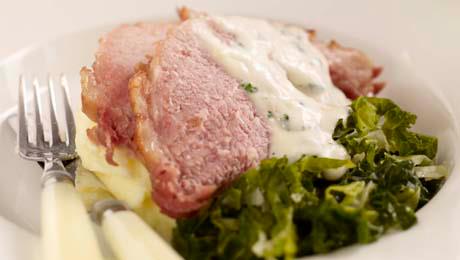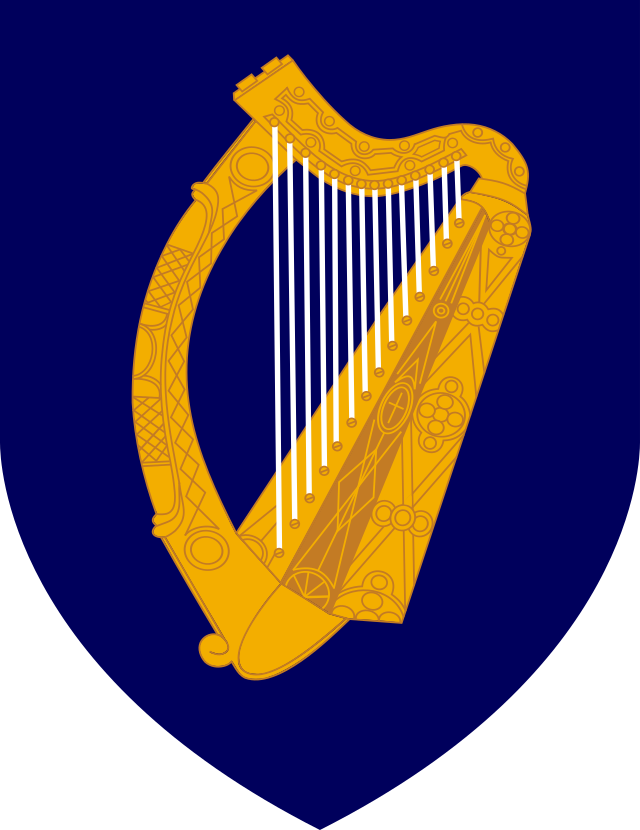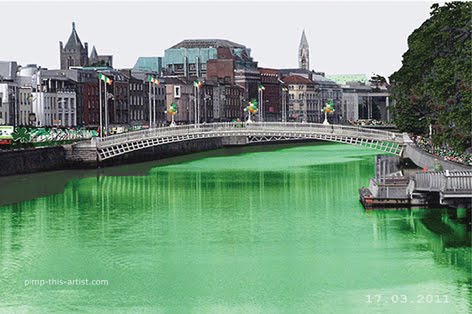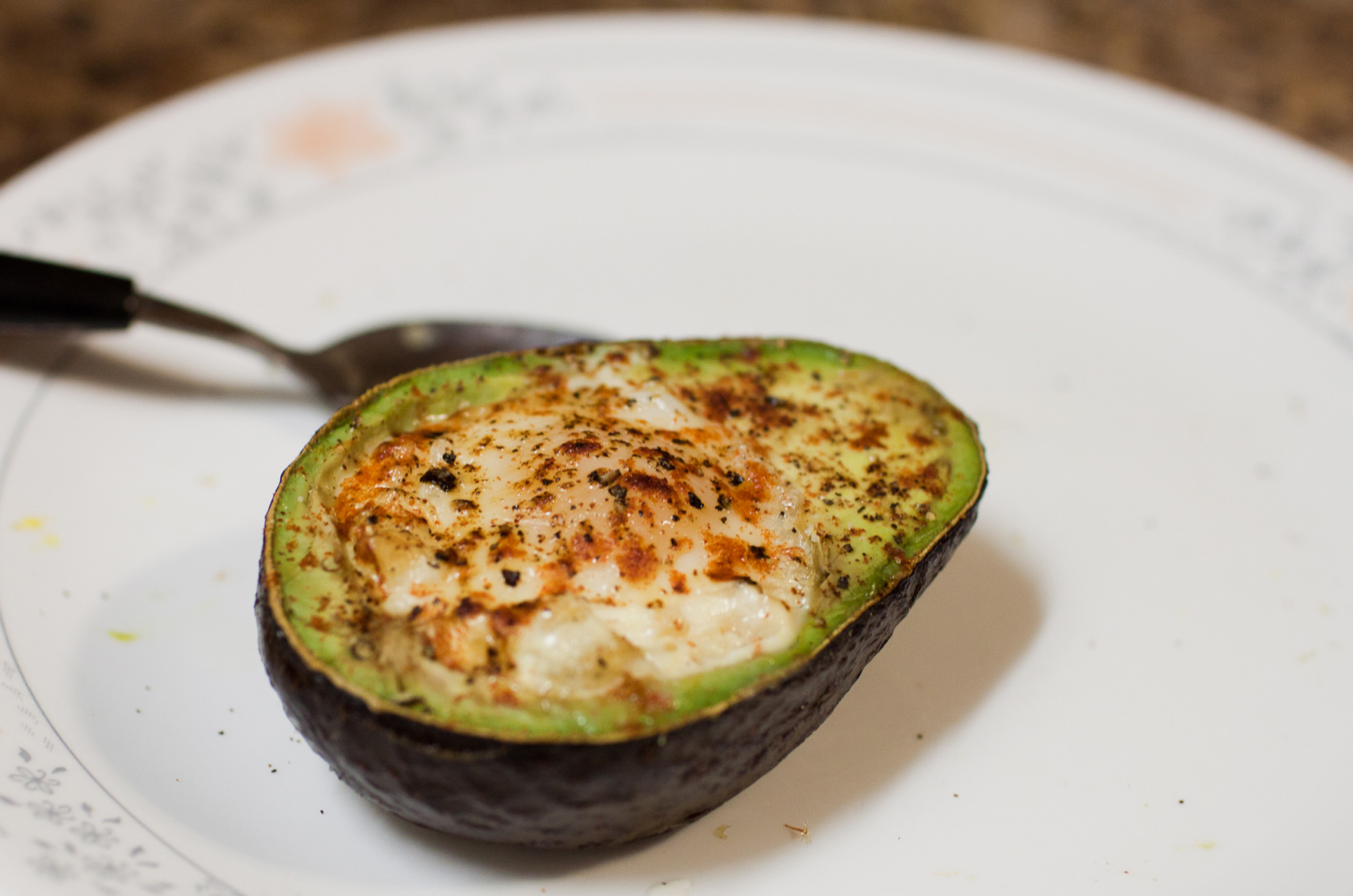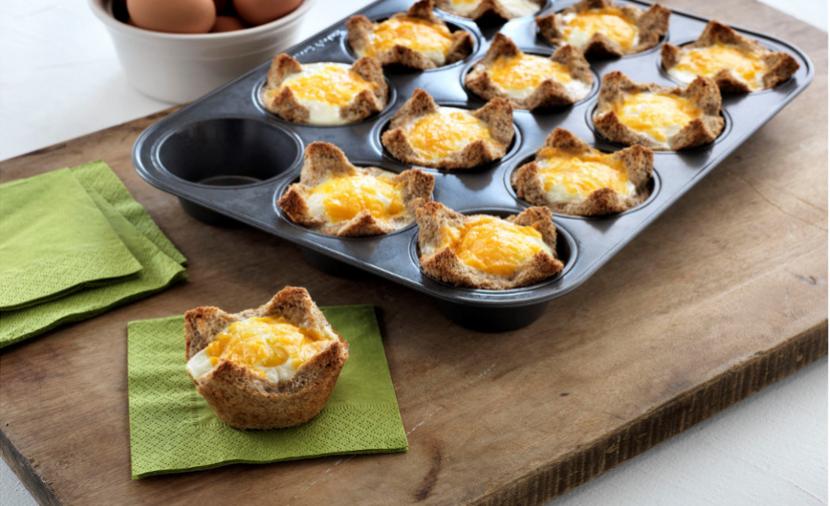 |
| Millmount Fort, c 1808 |
Drogheda is full of history and interesting things to see and places to visit. Yesterday, a bank holiday in Ireland, the sun was shining and we decided to take in one of the town's tourist attractions...aka Millmount Fort. We drive past the fort one or two times a week and always said we should stop in and see the place. So we finally did.
According to history, there has been a fortification on this site since pre-12th century. However, it's thought that beneath the first fortification is a Neolithic Passage Tomb, most of which date back to sometime between 4300-2000BC! To visualize what a passage tomb looks like, consider the Newgrange tomb.
It was in the 12th century that a motte was constructed and upon it a timber fortification.
A motte, for those who don't know, is a tall earthen mound, vs a moat, which is a ditch dug around a structure and often filled with water or effluent to deter marauders. It's a little confusing, like raise (to lift/build) and raze (to level/destroy).
But who is buried in the tomb? No one knows for sure, but Irish legend says it's the burial place of Amhairgin mac Míled (Amergin, whose name in Irish is: "Amhair" = singing; "gin" = give birth...Or literally, the one who gave birth to singing). In ancient Irish mythology, he was regarded as the creator of the arts: song, poetry, and music. How cool is that? Ireland has long been known for her arty types :)
Check out The Song of Amhairgin. Here are some lyrics and translation, and some info on Amhairgin.
In more modern times, Hugh de Lacy, who came to Ireland on the foot of Richard 'Strongbow' de Clare, in 1272 and was granted the Kingdom of Meath by Henry II. By this time, de Clare had been in Ireland for three years, having secured the Leinster kingdom for its king and subsequently marrying his daughter, Aoife/Eve. And Henry had laid claim to the rebellious Celtic nation.
At that time, Meath was the fifth province in Ireland, and called the Royal County because the High Kings sat at Tara in the heart of the region. Meath has now been incorporated into the province of Leinster...the other three being Ulster (Donegal, Cavan, and Monaghan, including all of Northern Ireland), Munster and Connacht.
Hugh de Lacy became the Lord of Meath, which was the most extensive liberty in Ireland...a very high honor indeed. Henry II allowed de Clare to remain south of Dublin in Leinster, but directed de Lacy to begin constructing stone castles in Meath and north Leinster. This includes the amazing Trim Castle (used in the filming of Braveheart).
It was while Hugh was in Drogheda that he saw to the fortifications, which included the walls, towers, and gates* on both sides of the River Boyne. Here's a map of what Drogheda probably looked like by 1649, according to Ravell's Map, c. 1749.
de Lacy went back to his holdings in England after leaving Hugh Tyrrel in charge of the construction, but returned in 1177 as Procurator General of all Ireland...essentially a lawyer of sorts who represented others in court...and as Irish governor.
It wasn't all rosy for Hugh though. He was eventually recalled to England where he faced charges against him by the Irish for his cruel and unjust treatment. In 1181, he was recalled again for marrying the deposed King of Connacht's daughter without Henry'ls permission! And so his life went...going against his king who lived in another land...until he was finally killed in Durrow, County Offaly, while supervising the building of a motte and bailey similar to Millmount Fort.
It wasn't until September 1649 that Drogheda really made the history books with the now historical battle, the Siege of Drogheda, also called the Rape of Drogheda, led by Oliver Cromwell. You can follow the links to read up on this battle and the subsequent Cromwellian War in Ireland, but I'll say that Drogheda was the first major battle on Cromwell's landing in Ireland, where his troops ransacked and murdered over 3000 people who inhabited the barracks, and untold numbers of civilians, before taking the next several years to do the same throughout Ireland.
367 years later, the people of Drogheda still well-remember this atrocity and have their own stories to tell...whether it be stories passed down through the family or personal grudges against those who committed the murders.
Sorry, got a little sidetracked ;) Back to Millmount.
 |
| Millmount Fort, c 1808 Governor's House, c. 1810 |
After the massive destruction around Drogheda at Cromwell's orders, Millmount rebuilds itself, as soldiers are now carrying gunpowder weapons rather than axes and pikes. The Drogheda Militia is formed to fight the 1798 Irish Rebellion.
But until the early 18th century, the motte was all that remained, as the timber structure had been part of Cromwell's destruction, which included soldier billets, and most of the walls and gatehouses*.
There had always been some military occupation on the site, known as Richmond Barracks, as the Duleek Gate was just one hundred yards behind this area along the western wall, and had a line of site to both the Butler Gate and Dublin Gate, north and south gates, respectively, on the south side of the river. But also as the highest point in the town, the barracks here had a commanding view of the entire town, so a very strategic location. So by the 1700s, it was time to rebuild.
Some of the structures already on this site before the stone tower construction were mainly billeting quarters for the soldiers who protected the gates and the connecting walls.
It was in 1808 that the Martello Tower that we see today was completed. These towers, aka Martellos, were built around Irish, and British, coastal areas as protection against French forced during the French Revolutionary Wars. While the wars officially ended in 1802, many of these towers still went up around the Irish coastline for continued defensive purposes.
 |
| Courtyard at Richdmond Barracks overlooked by Millmount Fort |
Along with the tower construction, new billeting buildings were constructed.
Then in 1831, the stone arch and iron gate were erected, to replace the timber ones.
And finally in 1850, the Governor's House was built at the foot of the tower, as well as the officer's mess.
Richmond Barracks remained a barracks for another seventy years until 1922 when the barracks and fort saw more action during the Irish Civil War/War for Independence.
 |
| Millmount Fort, Drogheda Irish Free State Forces c. 1922 |
When Collins came back to Ireland with only 26 of the 32 counties, the Brotherhood split between pro-treatyists and anti-treatyists. That is to say, for anyone with a little knowledge of the time, that Eamon de Valera and Michael Collins had a falling out. de Valera and his followers became Anti-Treatyists, and Collins and his followers became Pro-Treatyists, aka the Free State Forces.
Under the command of Michael Collins, with the backing of Winston Churchill, the fort, occupied by de Valera soldiers, underwent many hours of shelling until it fell into Free State hands.
While the fort had been 'put back together', it did not undergo proper restoration until the 1990s, and eventually reopened as a museum in 2000, part of the country's millennium celebrations.
What visitors will find on the site today includes the restoration of all buildings and rooms. Some have been rented out in the past to special interest groups, such as the Drogheda Photographic Club, and at one time a cafe in a glassed in atrium room at the back of a billeting house, overlooking the Boyne River.
 |
| Dueling Pistols Millmount Fort, Drogheda, Co Louth |
The tower itself contains some of the original and reconstructed artifacts from the Cromwellian War, the 1798 Louth Militia, and a large cache of weapons, including a small collection of dueling pistols.
Outside the tower are two canon reconstructions, both of which are fully operational and are fired in August during Heritage Week for the Drogheda Festival.
Below are some of the other photos taken during our visit, including some views from the tower overlooking Drogheda.
 |
| Millmount Fort new interior roof, c 2000 |
 |
| O'Neill and Cromwell Sieges, 1641-1649 |
 |
| Soldier kitted out as a Cromwellian Roundhead, a term given to Presbyterian Puritan cavaliers for the short hair they wore, not the shape of the helmets. |
 |
| Irish Free State Forces general infantry uniform, c 1922 |
 |
| Millmount Fort Dueling weapons |
 |
| Millmount Museum Original Irish phone box |
 |
| Where would you like to make your call? |
 |
| Millmount Fort one of two working canons directly ahead, St Peter's Cathedral |
 |
| St Peter's Cathedral, rose window keepers of the head of St Oliver Plunkett martyred July 1681 |
 |
| Drogheda, County Louth toward the medieval quarter St Mary's Cathedral, the viaduct rail bridge |
 |
| * St Laurence's Gate, c 13th century last remaining barbican in Drogheda originally the Great East Gate the last portion of the city wall remains nearby |
 |
| Enjoying the River Boyne on a sunny June bank holiday Monday |
I hope you enjoyed seeing some of Millount Fort and learning something about the history of Drogheda. There's SO much about the place to learn, if you look beneath the surface.
The area surrounding the town is rich in history as well, as Trim Castle is about 30-40 minutes drive, Newgrange/Nowth/Dowth are 15 minutes from town center, the Battle of the Boyne (c 1690) and Oldtown House is 5 minutes drive, and more, including amazingly scenic drives.
Here's view of Drogheda from Millmount Fort...the beautiful River Boyne, the cathedral spires, and the medieval quarter. Please ignore McDonald's, the ugly modern buildings, and the haze. ;)
If you've ever been to Drogheda, drop me a note and share your experiences! You can email me from the handydandy, emailer on the side bar :-)













